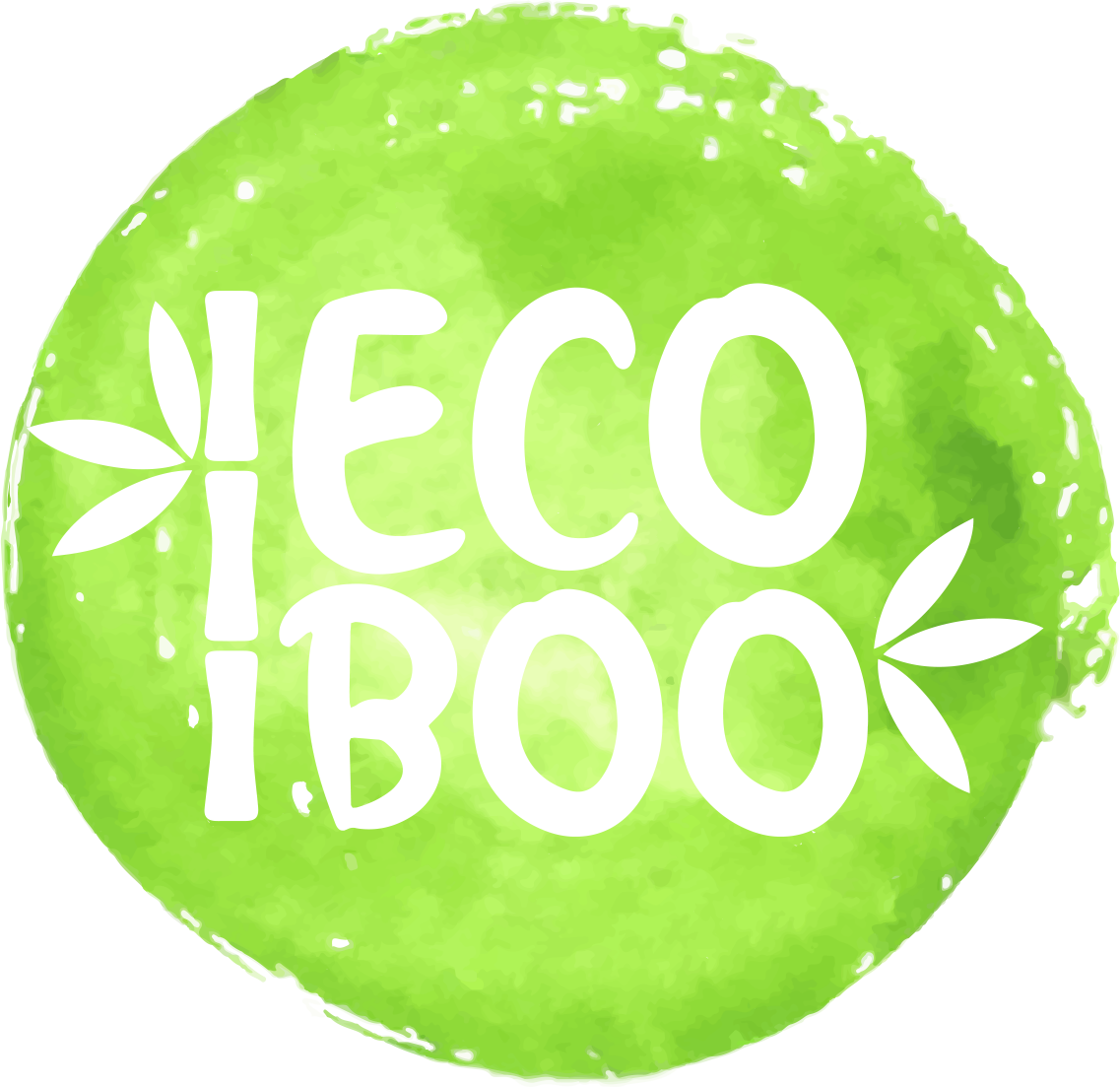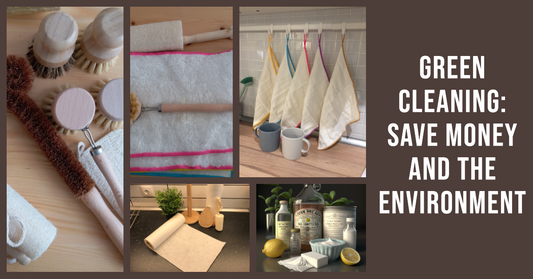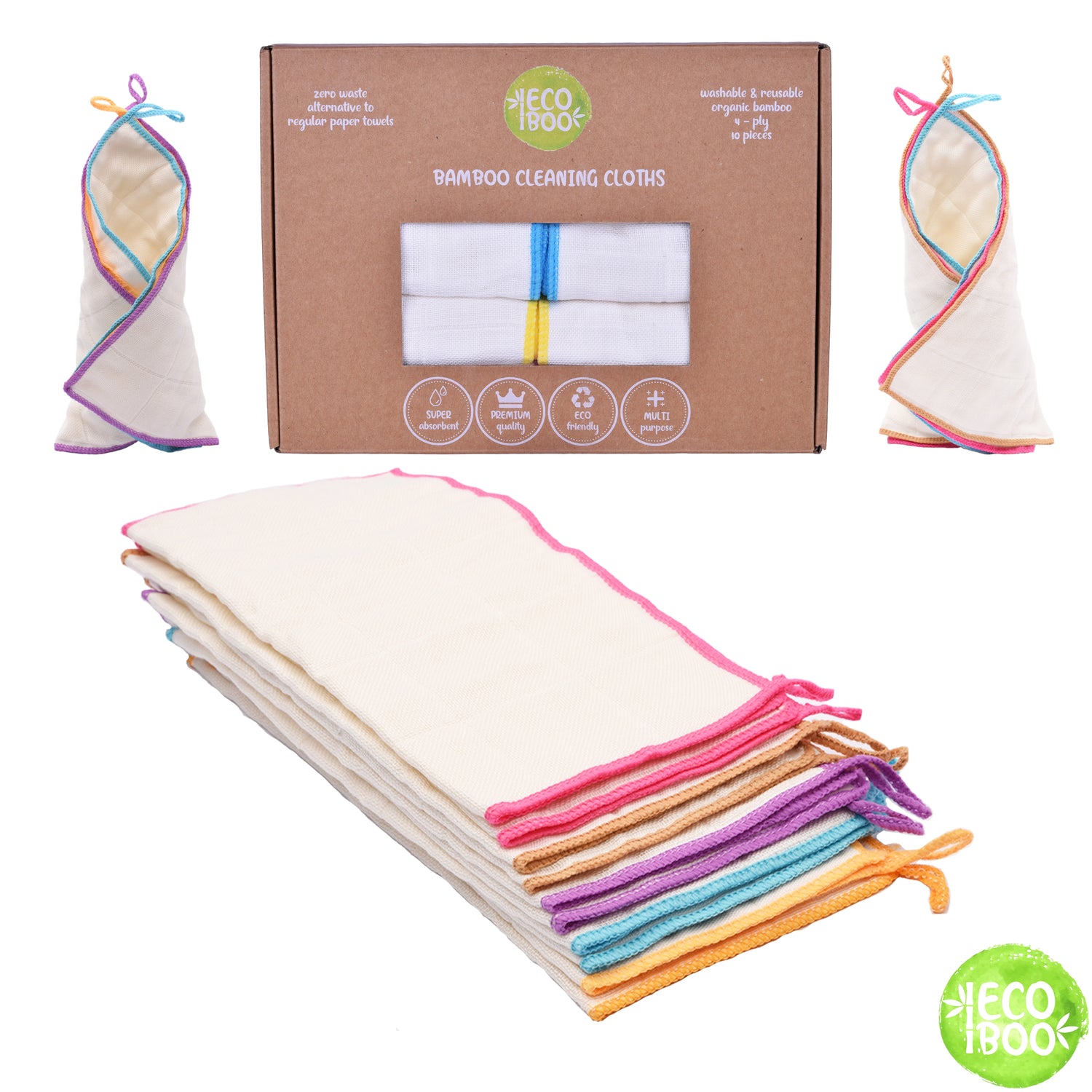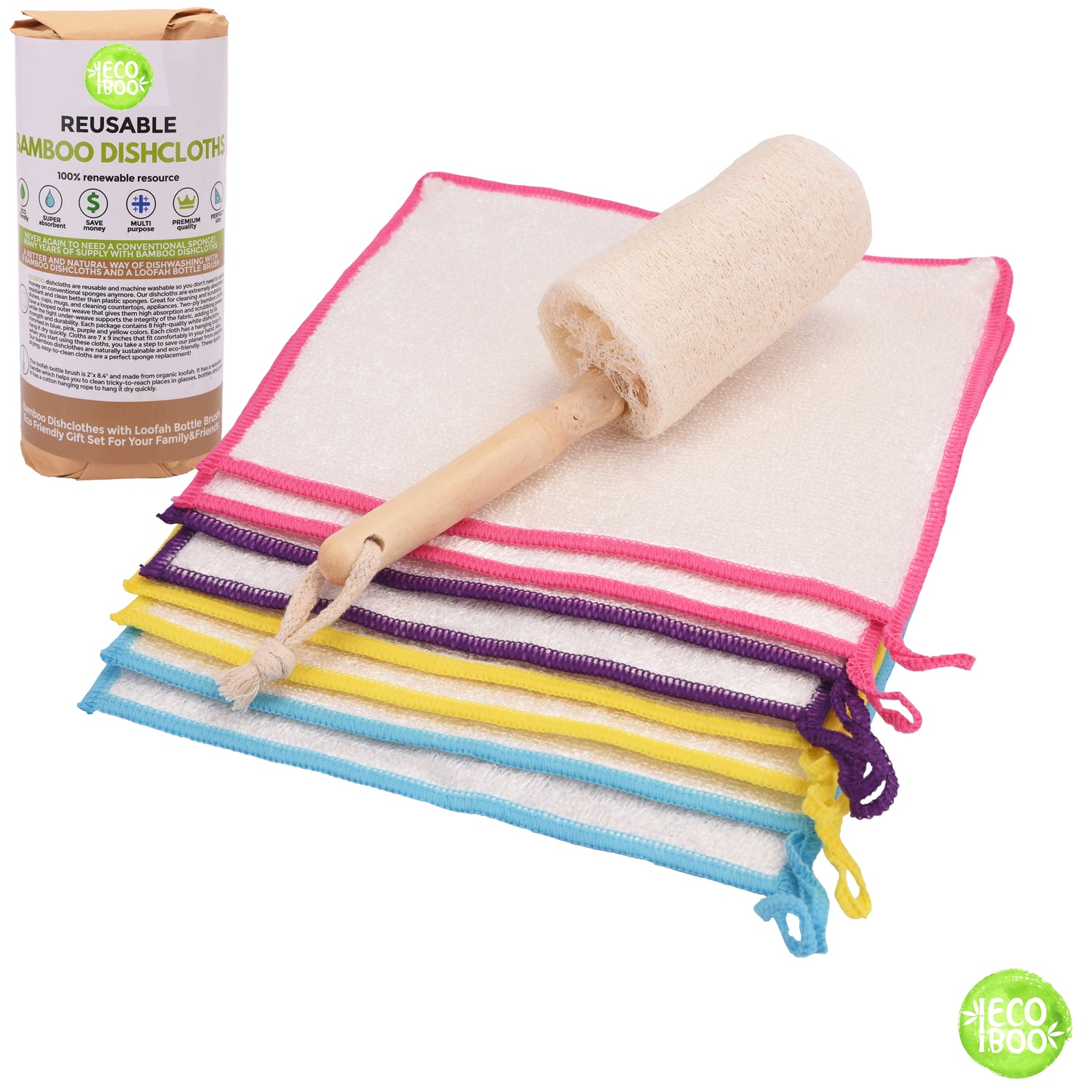I. Introduction
In the midst of a rapidly changing environment and increasing population demands, the importance of water conservation has never been more crucial.
As one of our most vital natural resources, water serves as the lifeblood of our ecosystems, communities, and daily activities.
One activity we often overlook when considering water consumption is cleaning.
From washing dishes to mopping floors, the seemingly inconspicuous act of maintaining cleanliness can account for a substantial portion of our daily water usage.
The pressing question then arises:
How do we strike a balance between a clean home and a conserved environment?
II. The Environmental Impact of Excessive Water Usage
Water, often considered an infinite resource, is facing the threat of depletion at an alarming rate.
Freshwater scarcity is becoming a reality for many regions globally, with certain areas experiencing droughts, diminished groundwater reserves, and over-exploited rivers.
This scarcity not only affects our immediate water supply but also impacts agriculture, energy production, and the natural habitats that rely on these freshwater sources.
Beyond the sheer volume of water used, we must also consider the energy required to treat and heat it.
From extraction to purification, distribution, and eventual heating for domestic use, significant energy – often from non-renewable sources – is consumed.
This process, in turn, contributes to increased carbon footprints, making excessive water usage a twofold environmental concern.
III. Benefits of Conserving Water in Cleaning

While the environmental impact paints a bleak picture, there's a silver lining.
Conscious efforts in our cleaning routines can lead to significant water conservation, which brings a plethora of benefits:
- Environmental Benefits: Reduced water usage means less strain on our freshwater sources, ensuring that rivers, lakes, and underground reservoirs remain sustainable for future generations. Furthermore, using less water reduces the energy required for treatment and heating, decreasing greenhouse gas emissions.
- Reduction in Utility Bills: Conserving water doesn't just help the planet; it also helps our wallets. With water prices on the rise in many areas, using less water can lead to noticeable savings on monthly utility bills.
- Protecting Infrastructure: Reducing the amount of water we send down our drains can extend the life of septic systems, preventing the risk of oversaturation and groundwater contamination. Less water usage also reduces the strain on municipal sewage systems, which can be overwhelmed during periods of heavy usage.
In essence, every drop of water we save during our cleaning routines not only ensures a brighter environmental future but also brings immediate practical benefits.
IV. Efficient Cleaning Techniques
In the vast realm of cleaning, every technique and tool we use carries a distinct environmental impact, especially when it comes to water consumption.
By optimizing our methods and being conscious of our choices, we can significantly reduce water usage without compromising cleanliness.
- Damp Mopping vs. Wet Mopping: Wet mopping often involves continuously rinsing the mop head, leading to a large amount of water being used. On the other hand, damp mopping requires just enough moisture to pick up dirt and can be equally effective in maintaining clean floors. It reduces the amount of water used and decreases drying time.
- Bucket and Cloth Over Running Water: When cleaning surfaces, filling a bucket and using a cloth can control the amount of water used more effectively than keeping taps running. This technique not only conserves water but also ensures that cleaning agents are used more efficiently.
- Microfiber Cloths - The Water-Saving Wonder: These cloths have gained popularity and for a good reason. Their design allows for effective cleaning even with minimal moisture. The fine fibers trap dirt and grease, reducing the need for frequent rinsing and thus saving a considerable amount of water.
V. Cleaning Appliances: Choosing Wisely

While manual cleaning has its place, many households rely on appliances for tasks like washing clothes and dishes.
The choice of these appliances can play a pivotal role in water conservation.
- High-Efficiency Washing Machines: Modern washing machines come with high-efficiency (HE) models that use significantly less water than traditional ones. Besides conserving water, they also provide a thorough cleaning using optimized rotation patterns.
- Modern Dishwashers - A Surprising Savior: Contrary to the belief that hand washing saves more water, modern dishwashers can be more water-efficient. They use jets and optimized water patterns to ensure dishes come out sparkling with less water than you might use when washing by hand.
- Maintenance for Efficiency: Even the best appliances can become water guzzlers if not maintained. Regular checks, cleaning filters, and ensuring seals and hoses are intact can keep them operating at their most water-efficient.
VI. Natural Cleaning Agents that Require Less Water
Steering clear of traditional cleaning agents can also aid in water conservation. Natural ingredients can offer a deep clean without the excessive rinsing often required by their chemical-laden counterparts.
- Vinegar: This versatile agent can tackle everything from calcium deposits to grease. When used as a cleaning agent, vinegar often evaporates without the need for rinsing, saving water.
- Baking Soda: As a mild abrasive, baking soda is excellent for scrubbing. It's often effective with just a bit of moisture, reducing the need for excessive water.
- Lemon: Its natural acidity can break down stains, and its pleasant aroma leaves surfaces smelling fresh. Like vinegar, lemon often doesn't require much (if any) rinsing, making it a water-conserving choice.
These natural agents are not just eco-friendly in terms of water conservation; they also reduce the chemical footprint in our homes, contributing to a healthier living environment.
VII. Smart Bathroom Cleaning Practices

The bathroom is one of the most frequented places in a home and requires regular cleaning. But it's also a space where water wastage can be rampant. Adopting smart cleaning practices can go a long way in conserving water.
- Turning off Taps While Scrubbing: It's a simple step, but one often overlooked. Instead of letting the tap run while scrubbing the sink or washing the face basin, turn it off. Use a bucket or fill the sink with a set amount of water for rinsing.
- Using Minimal Water in Toilet Bowl Cleaning: Instead of continuously flushing while cleaning, the toilet bowl can be effectively cleaned by turning off the water valve, flushing once to lower the water level, and then cleaning. This allows for thorough scrubbing without extra water usage.
- Efficient Methods for Cleaning Showers and Bathtubs: Instead of rinsing showers and tubs with running water post-cleaning, use a bucket or handheld shower. This can control the amount of water used and ensure efficient rinsing.
VIII. Garden and Outdoor Cleaning

Outdoor spaces can consume vast amounts of water if not approached wisely, especially in cleaning and maintenance.
- Using Brooms Instead of Hoses for Patios and Driveways: Sweeping away leaves and debris is more water-efficient than washing them away with a hose. For tougher stains or residues, spot clean with minimal water.
- The Benefits of Collecting Rainwater for Outdoor Cleaning Tasks: Setting up rain barrels or other collection systems can provide ample water for cleaning tasks, from washing vehicles to cleaning outdoor furniture, all while utilizing nature's resources.
- Efficient Ways to Clean Vehicles with Less Water: Instead of using a hose, consider using a bucket to wash your car. Biodegradable soaps and a good sponge can ensure a sparkling finish without excessive water usage.
IX. Educating and Involving Family Members
Water conservation is not just an individual task.
It becomes more effective when the whole household gets involved.
- Importance of Making Water Conservation a Collective Effort: Every family member plays a role. Conversations around the dinner table or during family meetings can emphasize the importance and methods of saving water during cleaning tasks.
- Fun Ways to Teach Kids About Water-Saving Cleaning Practices: Turn water conservation into a game. Create challenges, such as who can wash their toy collection with the least water or who can come up with a novel way to save water.
X. Conclusion
As the adage goes, "Every drop counts."
In our quest for cleaner homes, it's crucial to remember our responsibility to the environment.
By adopting water-conserving cleaning practices, not only do we contribute to a sustainable planet, but we also inspire those around us to do the same.
Let's make every cleaning session an eco-friendly one, ensuring that our homes sparkle and our planet thrives.
P.S. Looking to further reduce your environmental footprint? Consider cutting down on paper towel usage. We offer bamboo reusable paper towels that are both eco-friendly and efficient. Check them out here:






